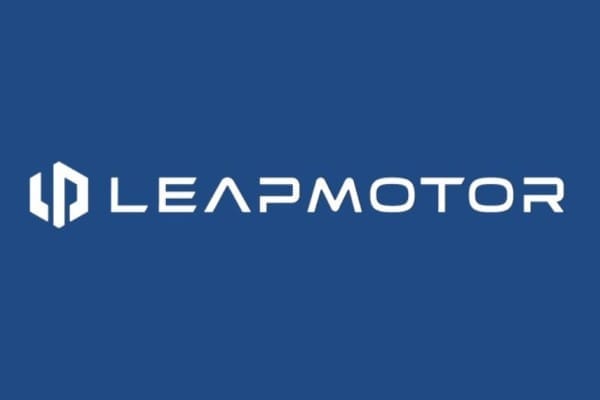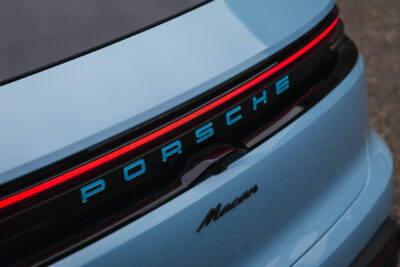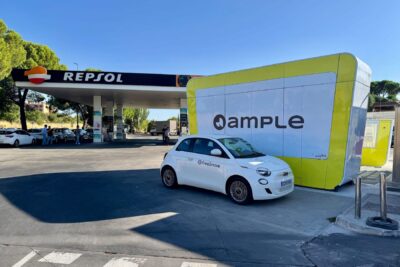Leapmotor started producing commercial vehicle battery packs for third parties
As reported by the Chinese news portal 36 kr, Leapmotor’s subsidiary Lingxiao Energy has been entrusted with establishing the new business pillar. According to the report, Lingxiao Energy is responsible for the design and assembly of the packs, using externally purchased cells from CATL and other suppliers. The Leapmotor subsidiary is said to have already received orders from five customers in the commercial vehicle segment and is actively seeking further orders. The only potential customer name mentioned is Xeazon New Energy Vehicle, although both partners are said to be in advanced negotiations, so the deal is not yet finalised.
According to 36 kr, Leapmotor has been pursuing a competitive strategy of focusing more on in-house developments for some time. In July, Leapmotor CEO Zhu Jiangming said that his company would expand its in-house developments to include as many high-quality components as possible, particularly in the areas of electrical systems, intelligent cockpits and intelligent driving. The subsidiaries Lingsheng Power and Lingxiao Energy were also created in this context. The former primarily develops electric drive systems, while the latter develops battery packs. The report goes on to say that the goal is not only to reduce costs in the long term. “To some extent, it also wants to replicate BYD’s successful path of selling both complete vehicles and supplying components externally.”
Chinese media explain that Leapmotor is targeting the commercial vehicle sector because this allows it to avoid passing on critical components to direct competitors in the passenger car market. In addition, the commercial vehicle market is expected to develop even more dynamically. However, Leapmotor is not averse to close partnerships in its own market. The Chinese company has a joint venture with Stellantis called Leapmotor International. In spring 2025, they agreed to cooperate with Hongqi to develop a model for the foreign market.
36 kr also discusses the question of what battery cell manufacturers, such as CATL, gain from external battery pack assembly. After all, CATL itself manufactures ready-to-install battery systems for passenger cars and commercial vehicles. However, there are certainly advantages: “Compared with CATL, as a vehicle manufacturer, Leapmotor has a more systematic and low – cost engineering ability,” writes the portal. “This also determines that the combination of CATL’s battery cells and Leapmotor’s battery packs is a more cost – effective solution than CATL’s complete battery packs and is more likely to be favored by users.” CATL could therefore gain further market share in the commercial vehicle market by involving an intermediary such as Leapmotor.
This market is likely to become important soon, as CATL’s market power has recently taken its first hits. According to statistics from the China Automotive Power Battery Industry Innovation Alliance, CATL’s market share in China fell by a good three percentage points to 43 per cent in the first half of 2025 compared to the previous year. It is therefore in the battery manufacturer’s interest to strengthen its ties with promising manufacturers such as Leapmotor. Leapmotor, in turn, can polish its image with CATL cells, as the company has previously tended to source batteries from second- or third-tier manufacturers. These include CALB, Zhengli New Energy and Gotion High-Tech.





0 Comments